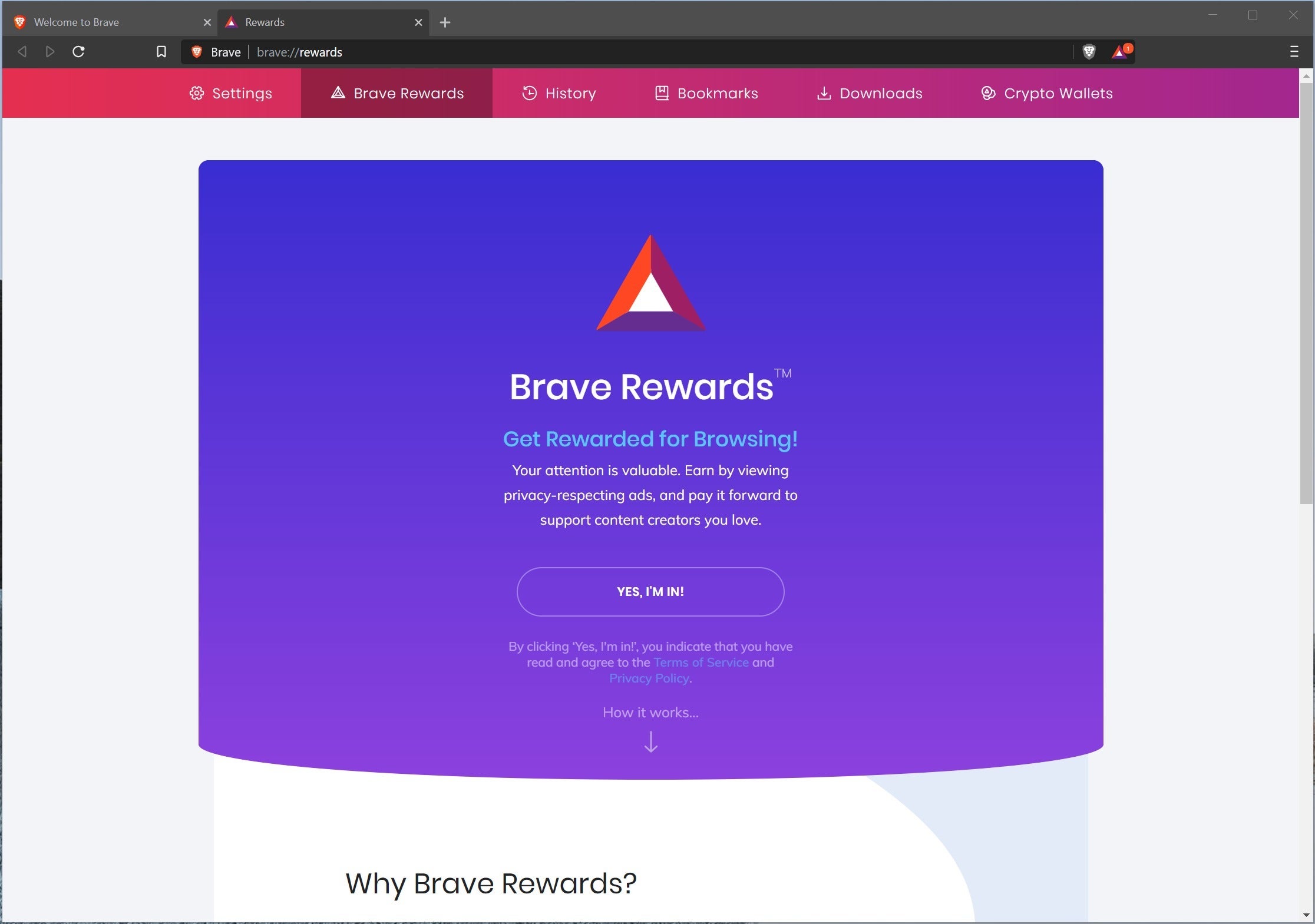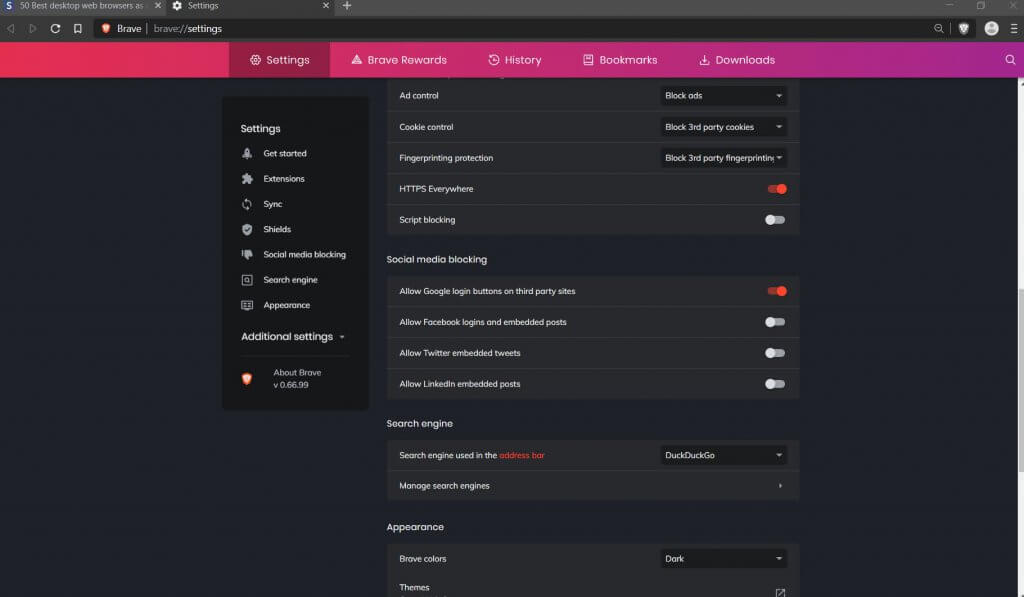

We should all strive for privacy by design It’s all rather simple, ingenious and yet another reason to admire Brave. This is in addition to existing Brave functions such as tracking query parameter-stripping from URLs and debouncing known sites by jumping straight to the intended destination where known tracking domains are being inserted. The temporary storage is just that and gets deleted once the user navigates away from the privacy-infringing site in question. This prevents the tracker from re-identifying you on subsequent visits, effectively anonymising the digital fingerprint. Unlinkable bouncing fights back by routing visits to potentially infringing sites (using a list of known or suspected domains) through temporary browser storage, which gives the impression of a first time, and unique, visit. Other browsers do their best to defend against this, but it’s not easy to get right every time. It effectively bounces the tracking function so that it uses a first-party cookie instead, by carrying out what is basically a “tracker-in-the-middle” operation. So, when you arrive at a site where such cookies are already blocked, instead of just admitting defeat to the privacy rights of the user, a redirect is made to a different domain where the cookie is set before redirecting back to the original destination. What the actual wotsit is that I hear you ask? Simply put, bounce tracking is a sneaky way to implement third-party tracking cookies when they have been explicitly blocked by the user. As I write, I’m using Brave v1.36, but by the time you read this v1.37 may well have arrived along with a new unlinkable bouncing feature.
#BRAVE BROWSER PRIVACY HOW TO#
How to maintain your privacy on social media And it’s a big difference when you’re talking in terms of privacy.
#BRAVE BROWSER PRIVACY SKIN#
Yes, under the skin it’s still the Chromium engine that powers both Chrome and Edge, but it’s the nature of the skin wrapped around Chromium that makes the difference.

#BRAVE BROWSER PRIVACY DRIVER#
That’s no longer the case: I’m using Brave as my daily driver these days. Back then I found it – how can I put this politely – a little clunky. I first used Brave back in 2017 when it was a relative newcomer and “only” commanded around one million active users. Then again, I’m not overly keen on Microsoft having my data either, which is why I eventually thought I’d give Brave another try. I’ve not been using one of them for some time now, having found Edge to not only be quicker but easier to use without throwing as much of my private data into the Google realm. Firefox, for example, has four times as many active monthly users (216 million), Edge boasts 600 million and Chrome, as far as I can make out, has a stonking 2.5 billion. Let’s be clear though, it’s still a tiny fish in a very big pond.

And for very good reason, with the emphasis on the “very good” bit: for it really is. I’m talking about the Brave browser, which doubled its monthly active user count across 2021 to a none too shabby 50.2 million. However, for many that choice has become easier, with one of the once-niche options starting to build quite the following. Historically, or maybe histrionically would be more appropriate among some fans, the alternative choices have been Firefox, Opera and any number of very niche products.

Mozilla and Brave release one-click method for online privacy requests


 0 kommentar(er)
0 kommentar(er)
